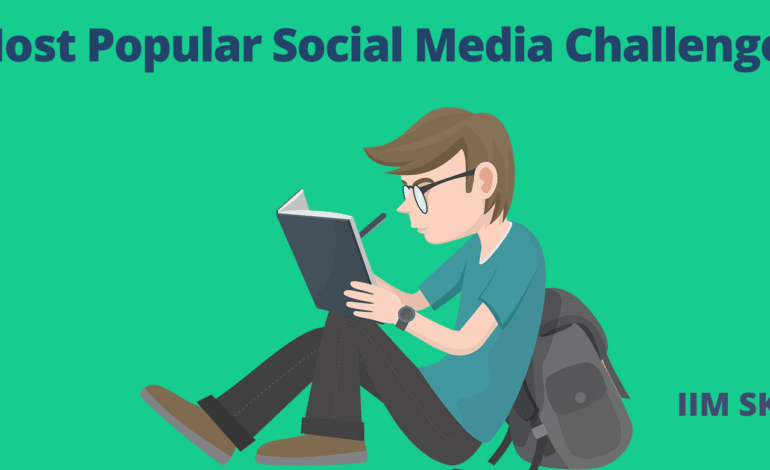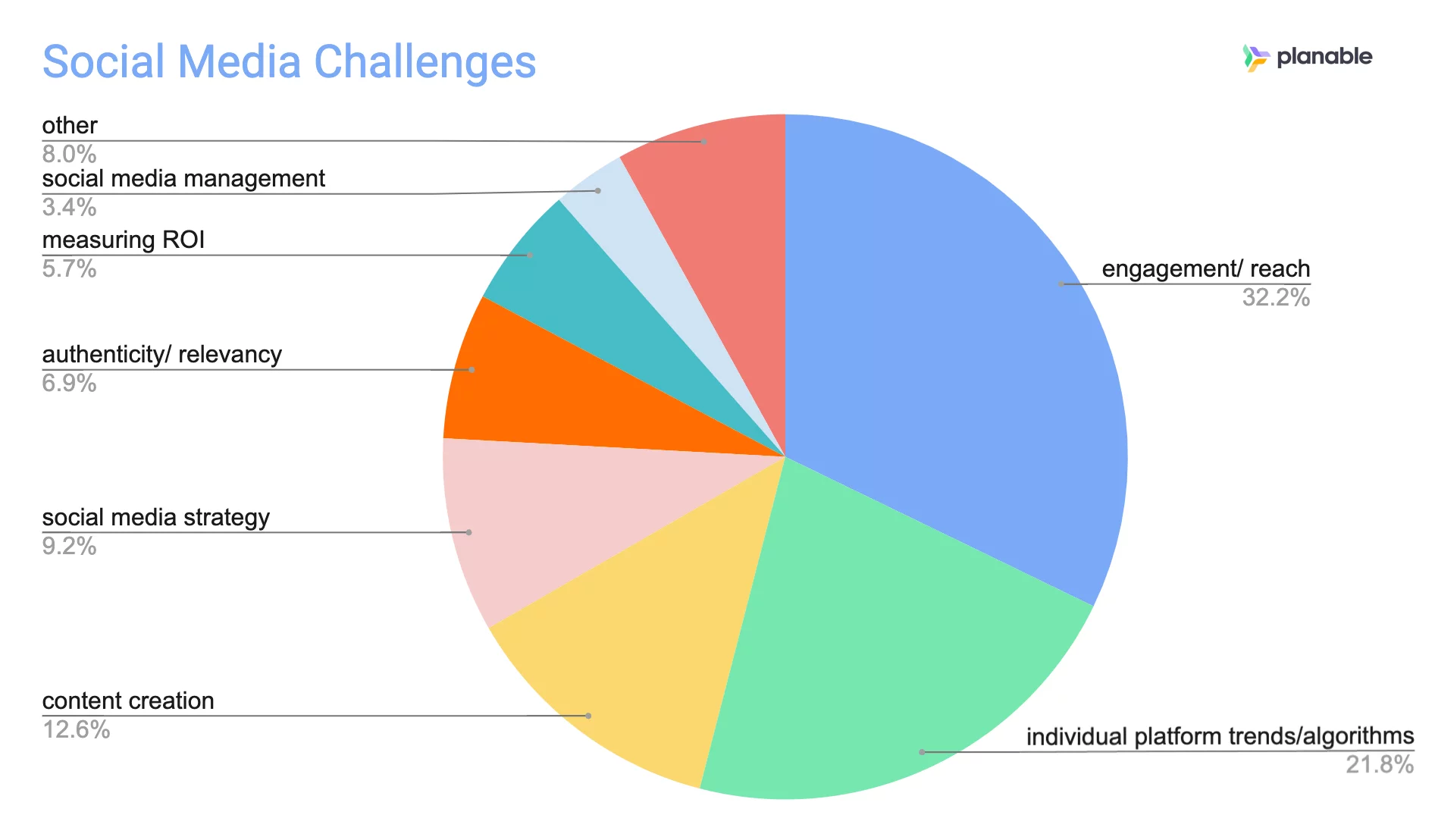Viral Challenges: Fun or Dangerous?

Viral Social Media Challenges: Harmless Fun or Risky Trends?
Social media has become an undeniable force in modern culture, connecting billions of people worldwide. Alongside its benefits – fostering communities, facilitating information sharing, and providing platforms for creativity – comes a curious phenomenon: viral social media challenges. These challenges, ranging from the seemingly innocuous to the downright dangerous, sweep across platforms like TikTok, Instagram, and YouTube with astonishing speed. But are they simply harmless fun, a way to connect and entertain, or do they represent a genuine risk to participants and society? This post delves deep into the world of viral challenges, exploring their psychology, the dangers they pose, and what can be done to mitigate the risks.
The Psychology Behind the Viral Spread
Understanding why these challenges become so popular requires looking at the underlying psychological factors at play. A key driver is the human desire for social connection. Participating in a challenge, and then sharing the results, creates a sense of belonging and shared experience. It’s a digital form of “keeping up with the Joneses,” but amplified by the reach of social media.
Novelty also plays a significant role. The internet thrives on new and exciting content, and challenges often offer a unique and engaging activity. The more unusual or daring the challenge, the more likely it is to capture attention. This is further fueled by algorithms that prioritize trending content, pushing challenges into the feeds of more and more users.
Furthermore, the concept of social proof is powerful. When people see others participating – especially influencers or peers they admire – they are more likely to believe the challenge is safe and worthwhile. This creates a snowball effect, as more participation leads to greater visibility and further encouragement.
Finally, there’s the element of gamification. Challenges often have a clear goal and a sense of accomplishment upon completion. This taps into our innate desire for rewards and recognition, making participation feel satisfying.

A History of Viral Challenges: From Ice Bucket to… Worse
Viral challenges aren’t a new phenomenon. Some have been genuinely positive and impactful. The Ice Bucket Challenge of 2014, for example, raised significant awareness and funding for ALS research. It demonstrated the power of social media to mobilize people around a worthy cause. Similarly, challenges promoting acts of kindness or charitable donations can have a positive ripple effect.
However, the landscape has become increasingly fraught with danger. The Tide Pod Challenge, which encouraged teenagers to eat laundry detergent pods, is a stark example of how quickly things can go wrong. This challenge resulted in numerous hospitalizations and even deaths. Other dangerous challenges have included the Blackout Challenge (intentional suffocation), the Fire Challenge (covering oneself in flammable liquid and setting it alight), and various stunts involving reckless driving or dangerous heights.
More recently, challenges have focused on vandalism, theft, and harassment, moving beyond physical harm to encompass legal and ethical concerns. The Devious Licks Challenge, which involved students vandalizing school property, caused widespread damage and disruption. These trends highlight a worrying shift towards challenges that prioritize shock value over safety and respect.
The Dangers: Physical, Psychological, and Legal
The risks associated with viral challenges are multifaceted. Physical harm is the most obvious danger, as demonstrated by the examples above. Challenges involving physical stunts, dangerous substances, or reckless behavior can lead to serious injuries, long-term health problems, or even death.
However, the psychological impact is often overlooked. The pressure to participate, the fear of missing out (FOMO), and the desire for social validation can lead to anxiety, stress, and low self-esteem. Young people, in particular, are vulnerable to these pressures, as they are still developing their sense of identity and self-worth.
Furthermore, participation in certain challenges can have legal consequences. Vandalism, theft, harassment, and other illegal activities can result in criminal charges and a permanent record. Even seemingly harmless challenges can lead to legal issues if they violate privacy laws or cause damage to property.
The role of algorithms also exacerbates the problem. Platforms often prioritize engagement over safety, meaning that dangerous challenges can quickly gain traction and reach a wider audience. While platforms are taking steps to address this issue, it remains a significant challenge.
What Can Be Done? A Multi-pronged Approach
Addressing the risks associated with viral challenges requires a collaborative effort from parents, educators, social media platforms, and individuals. Here are some key strategies:
Parental Involvement: Open communication is crucial. Parents should talk to their children about the dangers of viral challenges, encourage critical thinking, and emphasize the importance of safety. Monitoring social media activity (with respect for privacy) can also help identify potential risks.
Educational Initiatives: Schools can play a vital role in educating students about online safety, responsible social media use, and the potential consequences of participating in dangerous challenges. Curricula should address the psychology behind viral trends and encourage students to question the motives behind them.
Platform Responsibility: Social media platforms must prioritize safety over engagement. This includes implementing more robust content moderation policies, proactively identifying and removing dangerous challenges, and providing clear warnings to users. Algorithms should be adjusted to de-prioritize harmful content and promote positive alternatives.
Individual Responsibility: Before participating in any challenge, individuals should carefully consider the risks involved. Ask yourself: Is this safe? Is this ethical? Is this legal? If you have any doubts, don’t participate. Report dangerous challenges to the platform and encourage others to do the same.
Promoting Positive Challenges: Encouraging and participating in positive challenges – those that promote kindness, creativity, or charitable giving – can help shift the focus away from dangerous trends. Let’s harness the power of social media for good.
Conclusion
Viral social media challenges are a complex phenomenon with both positive and negative aspects. While some challenges can be harmless fun, many pose significant risks to participants and society. By understanding the psychology behind these trends, recognizing the dangers involved, and taking a proactive approach to mitigation, we can create a safer and more responsible online environment. It’s not about stifling creativity or connection, but about fostering a culture of critical thinking, safety, and respect.



